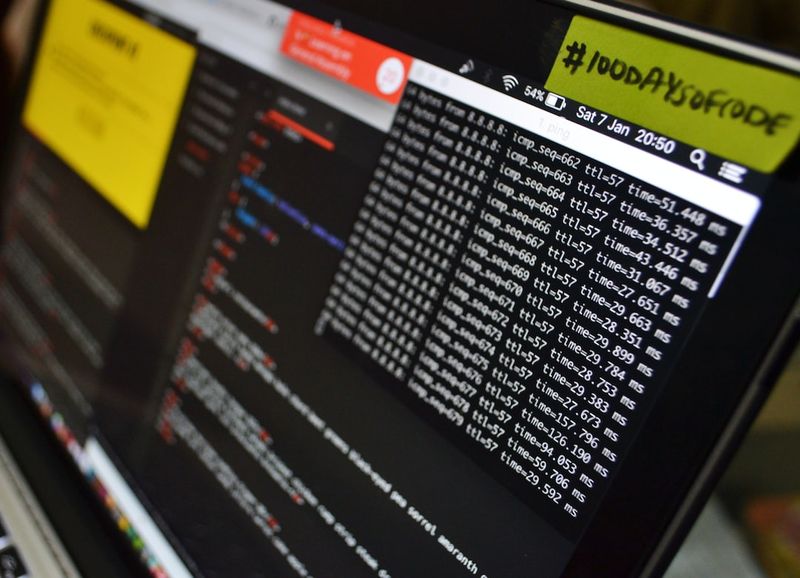Massive Data Leak in South African Department of Defence Raises Concerns
The Data Leak
A recently discovered data leak involving a 1.6TB file containing personnel details of the South African Department of Defence has raised serious concerns. The “Snatch” group has claimed responsibility for the leak, stating that the file contains exclusive information related to billion-dollar contracts, as well as personal information and call signs of generals. Leaked documents seen by researchers from Orange Cyberdefense reveal lists of names along with landline and cellphone numbers, email addresses, birthdates, and job titles. Notably, all the phone numbers are from the Pretoria region, where the Department of Defence is located.
Official Denials and Snatch’s Response
In response to the allegations of a data leak, Department of Defence spokesman Siphiwe Dlamini has denied any wrongdoing, while SANDF spokesperson Brigadier General Andries Mahapa dismissed the claims as “fake news.” However, the Snatch group has refuted these denials by stating that they had attempted to bring the situation to the attention of the country’s leadership but were ignored.
Snatch: A Persistent Threat
Charl van der Walt, head of security research at Orange Cyberdefense, revealed that the data leak was discovered through automated processes conducted for research and customer assistance. According to Carl Morris, senior lead research manager for Orange Cyberdefense, the leaked data had already received 16,922 views and 782 downloads at the time of publishing. While these numbers may seem low compared to other leaks by the Snatch group, it is important to note that their activities have been ongoing since 2019, with no apparent connections to any other known cybercriminal group.
The Tactics of Snatch
Van der Walt describes the Snatch group as a low-profile gang that consistently operates using pure data extortion in approximately 10% of its attacks. This suggests that they employ various strategies and methods to achieve their goals, making them a formidable and persistent adversary in the digital world.
Government Response and Accountability
If indeed a breach has occurred, it is crucial for the South African information regulator to be notified. In a statement, the regulator acknowledged media reports about the alleged security compromise at the Department of Defence. This incident follows previous cyberattacks in the country, including a ransomware attack on the South African Department of Justice and Constitutional Development in 2021, as well as a data breach targeting the South African National Space Agency.
The Need for Immediate Action
Considering the repeated instances of cyber incidents in South Africa, it is essential for the government to take swift and decisive action to address these security challenges. The protection of sensitive information and the privacy of individuals must be prioritized. The government should conduct a thorough investigation into the recent data leak, seeking accountability and implementing necessary security measures to prevent future breaches.
Enhancing Cybersecurity Measures
In response to these ongoing cyber threats, it is crucial for the South African government to review and strengthen its cybersecurity infrastructure. This entails investing in robust defense mechanisms, advanced threat intelligence capabilities, and regular security audits. Collaboration with international partners experienced in cybersecurity can also provide valuable insights and support in fortifying the nation’s digital defenses.
Conclusion
The recent data leak involving the South African Department of Defence raises serious concerns about the security and protection of sensitive information. The government must take immediate action to investigate the allegations, strengthen cybersecurity measures, and ensure accountability for any potential breach. It is a reminder that no organization or government is immune to cyber threats, highlighting the need for constant vigilance and proactive measures to safeguard digital assets in an increasingly interconnected world.

<< photo by Fahmi Ramadhan >>
The image is for illustrative purposes only and does not depict the actual situation.
You might want to read !
- Somalia’s Censorship Overreach: Restricting Digital Communication Tools
- OpenAI’s Strategic Move to Sell ChatGPT Enterprise with a Focus on Security
- The Growing Threat of Ransomware Attacks: Rackspace and the Cost of Cleanup
- South African Department of Defence Faces Allegations of Stolen Data: Exploring the Truth
- Chinese Hacking Group Amplifies Cyber Threats: Targeting Government, Military, and Telecom with Barracuda Zero-Day
- Cyberinsurance in the Digital Age: Navigating Risks and Realities
- Financial Firms Hit by MOVEit Cyberattacks Navigate Legal Battle




